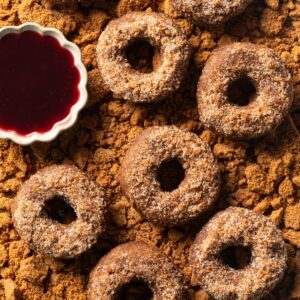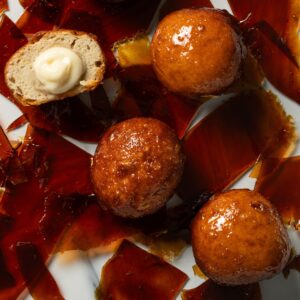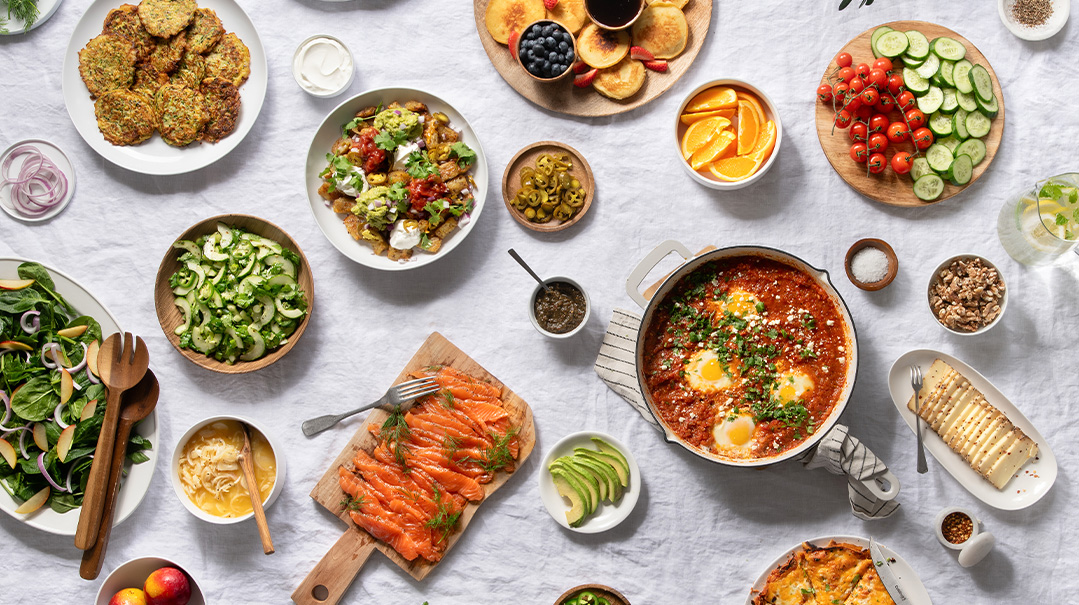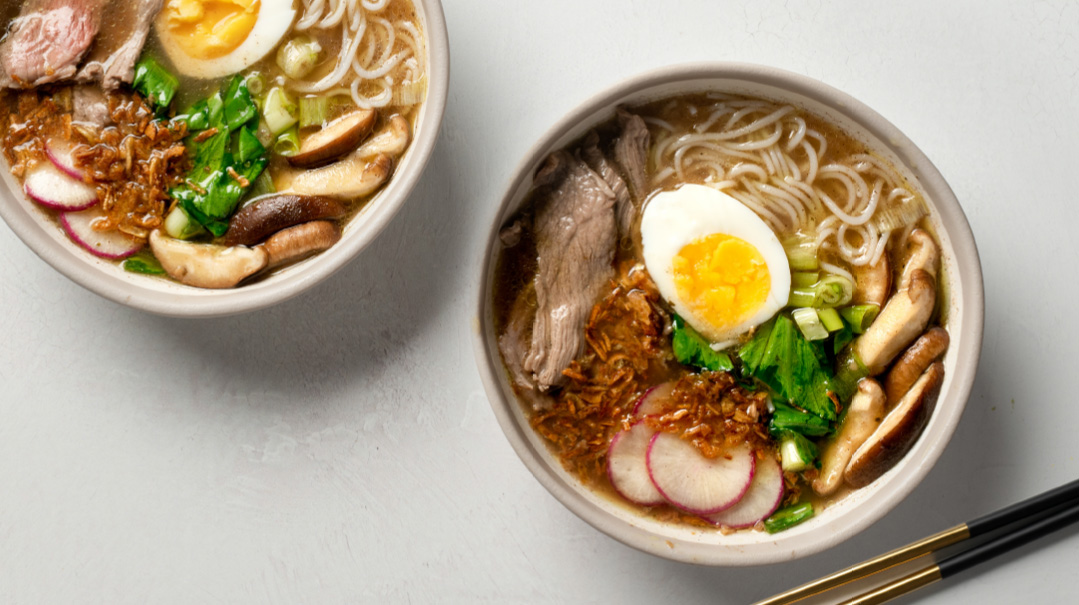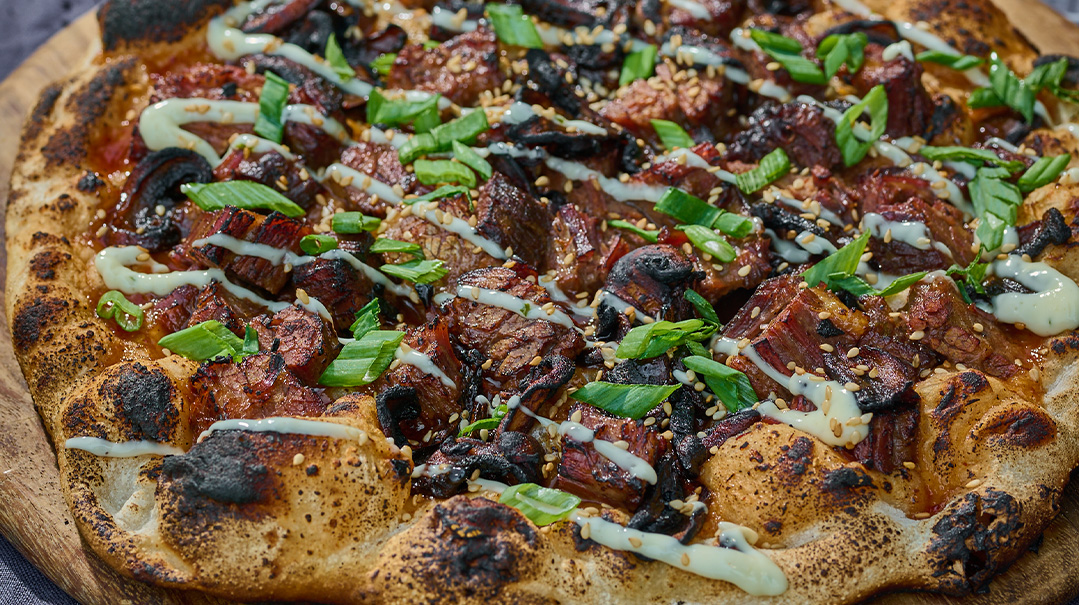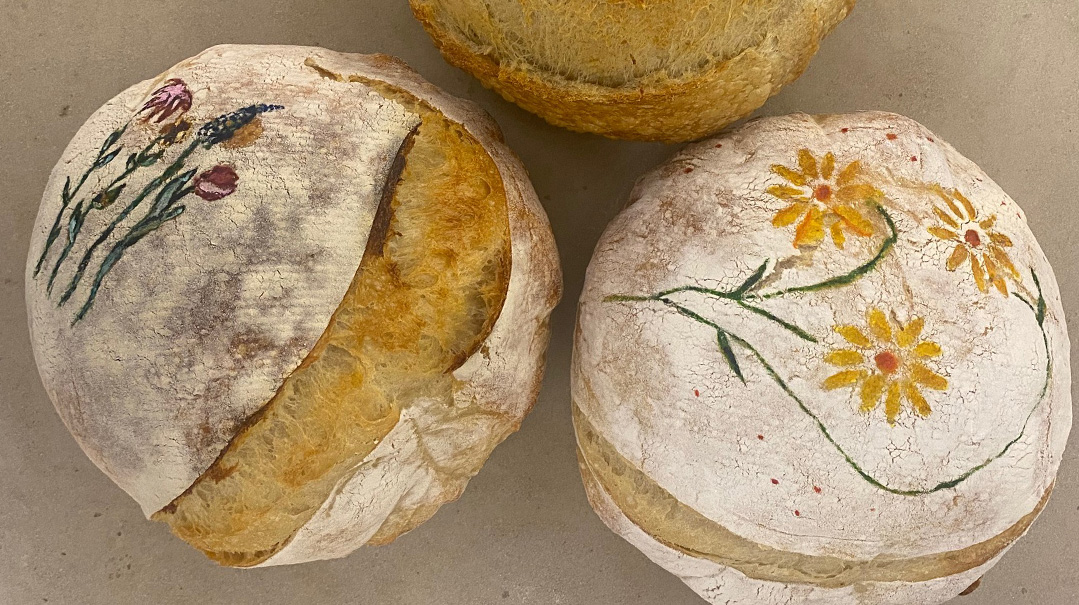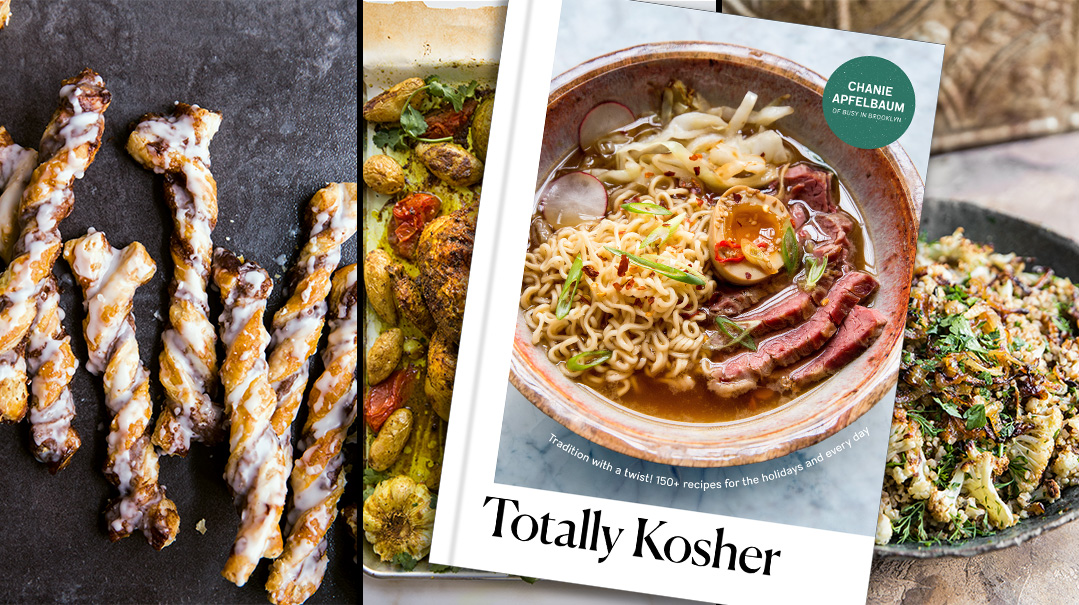Eight Steaks You Should Know How To Grill

Sponsored by Gourmet Glatt
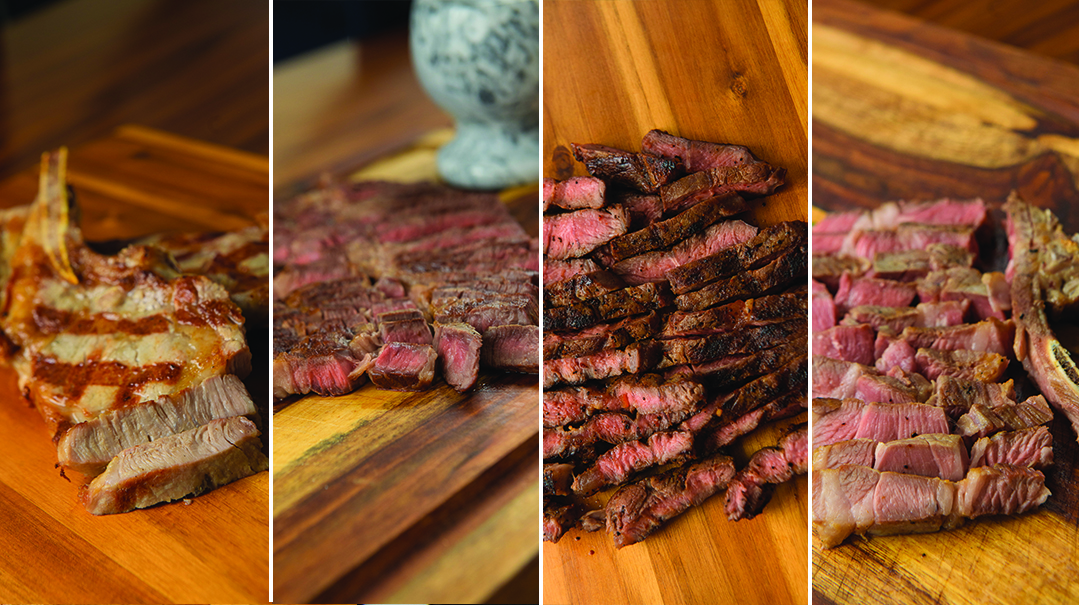
I have a confession to make. I am not one of those people who can be found bundled up in a coat and boots, grilling a steak in the dead of winter. “Neither snow, nor rain, nor gloom of night” is the postman’s motto, not mine. (Well, it doesn’t seem to be his in this post-Covid era either, but that’s a story for another day. Call me when you get your act together, @USPS.)
Anyway, to use one more clichéd phrase, I’m fine with my grill being a fair-weather friend. There’s nothing like that feeling of rolling off the grill cover after six months of hibernation and feeling inspired to cook in a way you haven’t in a while.
Our friends at Gourmet Glatt feel similarly excited, which is why when we called them to say we wanted to do an article about grilling, they jumped in. Reb Yehoshua Feldman, Gourmet Glatt Cedarhurst’s meat and poultry manager, gave us the rundown on his favorite cuts, and, to be quite honest, a lot of good food ensued.
Here’s what you need to get started: a grill with a hot zone and a cool zone (aka one side cranked up high and one side turned to low), tongs, oil and a silicone brush, a meat thermometer, and meat.
For simplicity’s sake, let’s put this on a scale of “You Knew This Already” to “You Should Really Start Grilling This.”

You Knew This Already
Nobody needs a guide to grill oyster steak or skirt steak. We know it’s good, you know it’s good, we all know it’s good. Even if you have little to no skill on the grill, you’re not going to ruin these cuts. Which brings us to our first must-grill cut: rib steak.
Yes, when you think of summer in your head, it’s a montage of dads throwing rib steaks on a blazing grill in slow motion. However, this no-brainer cut gets butchered (pun intended, and I will not apologize) by a few avoidable factors.
First and foremost, preheat your grill to the highest it will go. For me that’s about 650 degrees Fahrenheit, but anywhere in the 500-degree range or higher will do it. Use the thickest cut of steak you can find (individual steaks are nice, but properly cooked steaks are nicer). Season heavily with your favorite grill seasoning, or at minimum salt and pepper, at least an hour before you want to grill, and let it rest with the seasoning on it at room temperature.
When you’re ready to grill, brush your grill grates with oil, then lay the steak on the hot grill for two to three minutes per side, covering the grill in between flips. For a medium-rare steak, grill until internal temperature hits 128–130 degrees, then allow to rest for 10 minutes.
Rib steak, even prime cuts, but especially as quality goes down, have pockets of fat that result in an overall indulgent bite. Acidic chimichurris or gremolatas work well as an accompaniment and a way to balance that fatty mouthfeel, but rib steak shines all on its own.

You Likely Knew This
Flat London broil is a leaner cut that benefits from the added flavor and texture a hard sear can give it, and its convenient size — one and a half pounds or so — makes it an excellent addition to your group chill. There’s a reason London broil is the only cut of meat your average newlywed attempts for the first 2.7 years of marriage (according to our extremely accurate database of newlywed cooking habits). Not to mention that the price per pound is considerably more affordable than other barbecue meats.
Reb Yehoshua told me that oyster steak is actually cut off the side of a flat London broil, so you’ll get a similar texture. He recommends cutting the meat on the bias to get thicker and meatier cuts. Because it has the tendency to go mushy, do not marinate it as long as other London broil cuts like chuck or shoulder — Reb Yehoshua actually skips the marinade altogether and just goes with a nice rub.
Brush your grill grates with oil, and grill over high heat (500 degrees plus) for two to three minutes per side, until internal temperature is 128–130 degrees for medium rare.
Oops! We could not locate your form.



